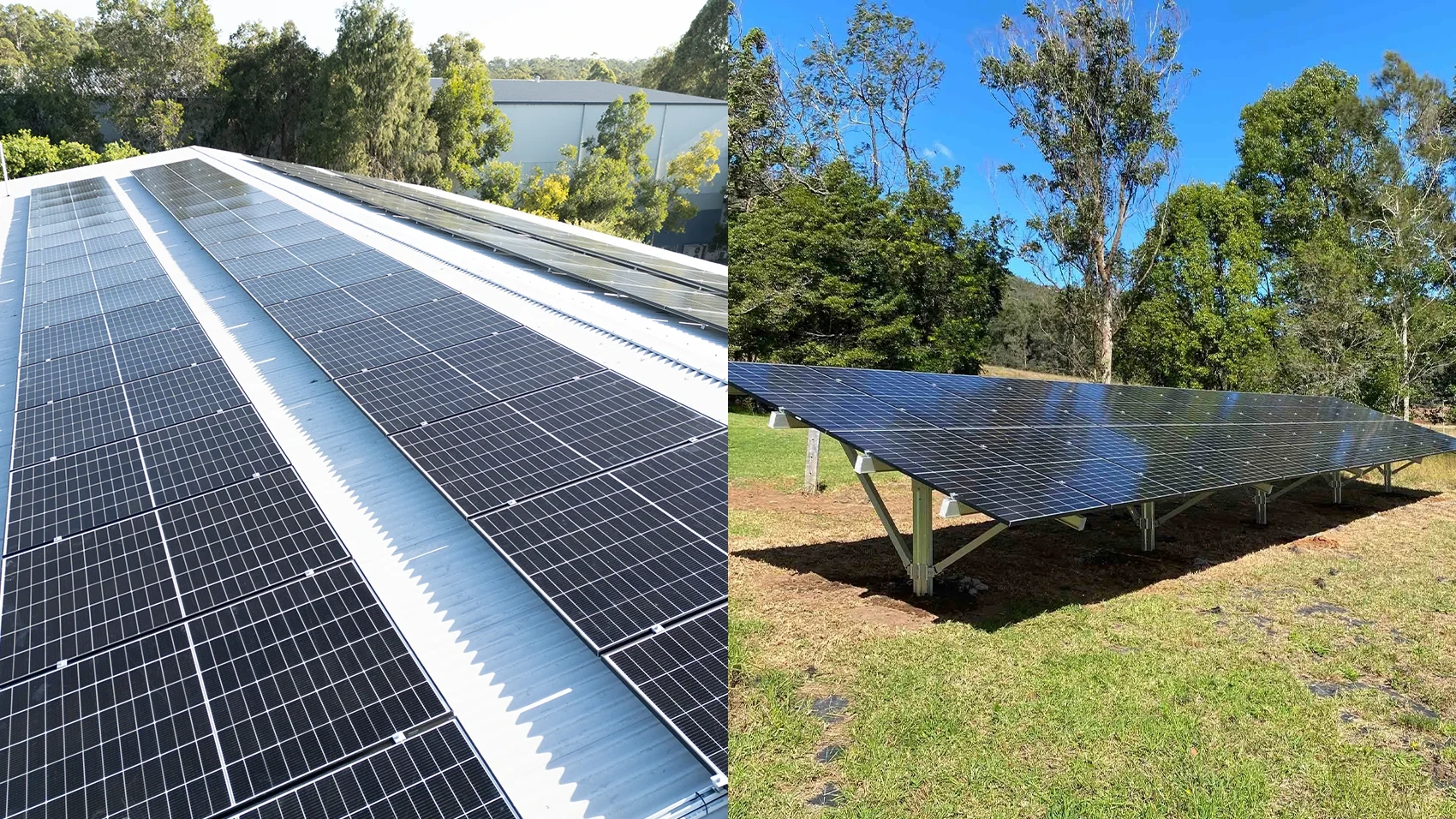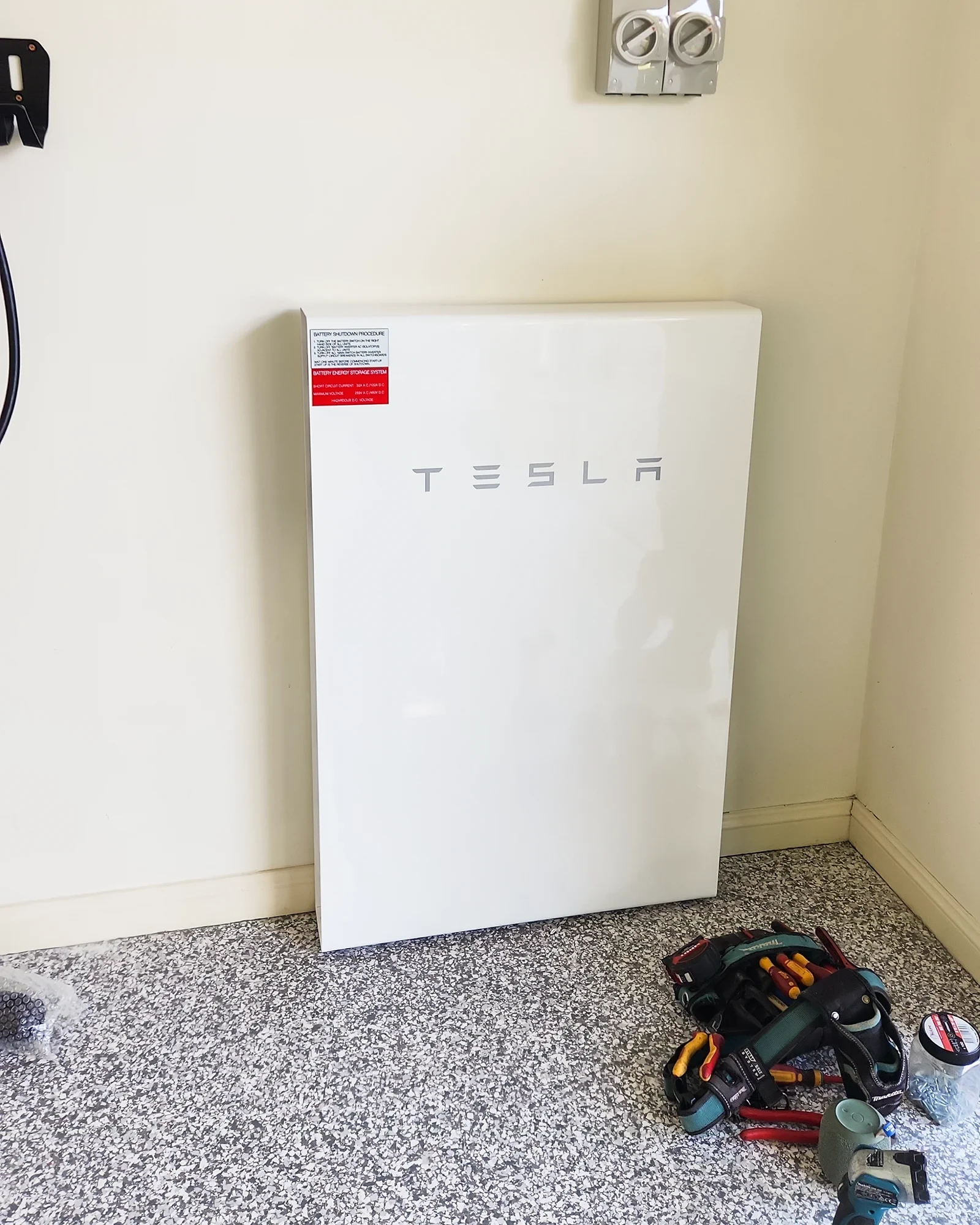The NSW Battery PRDS Incentive is Now Available
The NSW Battery PRDS Incentive is Now Available
Posted 20 Feb
Two words, 'Artificial Intelligence' have recently entered the lexicon, but what do
they mean, and how do they relate to renewable energy? Today we are going to discuss how the two are related and how in the future they
will become even more interlinked and possibly reshape the way we produce, store, and distribute energy. Will Grid Stability start with
Artificial Intelligence?

At this point let’s say that artificial intelligence (AI) is in simple terms using machines (computers) to act like they are intelligent, i.e., able to emulate, to a degree, the span of human thought processes and decision making - but how would it help with Renewable energy?
Next let’s look at the world of renewable energy.
Many forms of renewable energy such as ocean tidal energy, hydroelectricity, geothermal etc. are intrinsically predictable and are for
that reason alone very valuable.
Other forms of energy such as wind and solar are by their nature unpredictable to some degree.
However, to say that the sun’s output is completely unpredictable would be incorrect. We know that it has diurnal predictability and
seasonally the sunlight hours vary in a known way from summer through winter. Its unpredictability comes from cloud cover.
Likewise, wind energy has some predictability linked to the seasons and the geographic location but also a great deal of unpredictability.

In a large and diverse energy system, say the east coast of Australia, we need to consider the following concepts: At a particular point in time over the entire region connected to the grid some areas will be sunny, others not. Some areas will be windy, others not. This is called geographic diversity and looking at sun energy this solar diversification leads to an energy averaging effect. The same for wind.
Now combined, the energy generated by wind and sun combined is called technological diversity with its own averaging effect. It may be sunny and not windy or windy but not sunny or other combinations.
The averaging effects of these sources of renewable energy gives a degree of stability to the grid than it would otherwise not have. But it’s far from perfect and elements of intelligence need to be added to the system to guarantee stability and from stability, reliability.

This is where Artificial Intelligence comes to the rescue.
Rather than have an army of people interpreting a myriad of weather forecasts for a multiple of regions 24/7, interpreting and
forecasting the grid consumption and issuing instructions for generation sites to modulate their outputs to optimise grid
stability, extremely sophisticated and distributed computer networks are beginning to take over this enormous task.
At present, even though AI is still in relative infancy, it promises to be a powerful tool in that seemingly Herculean task: Achieving
grid stability in a completely renewable energy world.
Already weather forecasts are issued in electronic format that computers can read and understand. Combined with their ability to learn from earlier experiences and to operate extremely fast it is a natural technology to perform this enormous juggling act with ever increasing precision from its learnt behaviour.
In summary, renewable energy sources like wind and solar are essential for a sustainable future, but their unpredictability makes it
difficult to maintain a stable power grid. Artificial intelligence (AI) is becoming an increasingly important tool for achieving
grid stability in a completely renewable energy world.
With the ability to learn from earlier experiences and operate extremely fast, AI can analyze weather data and other factors to forecast
energy generation and consumption, and issue instructions to generation sites to optimize grid stability.

Artificial Intelligence is still in its relative infancy, but it promises to be a powerful tool in achieving grid stability and reliability. As AI technology continues to evolve and improve, it will undoubtedly play an increasingly important role in the transition to a fully renewable energy system.

Rooftop and ground mounted solar are ways you can add solar to your home.. but which is better? Compare roof vs. ground solar systems and see what's best.

Explore the NSW battery 'rebate' (Peak Demand Reduction Scheme), approved battery brands, pricing, and how you can be eligible to save on your first battery.
Leave a Comment